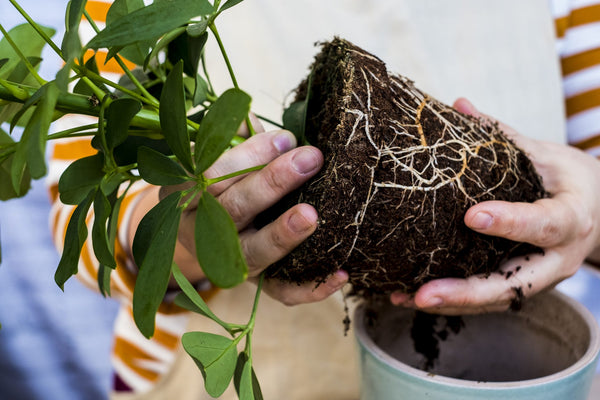Now for the final chapter of this brief series – how does growing more perennials and catching every drop of sunshine help cool the Earth?
To start, I want to draw your attention to a special 2019 IPCC report on “Climate Change and Land” which contained this enticing nugget:
“Balanced diets, featuring plant-based foods, such as those based on coarse grains, legumes, fruits and vegetables, nuts and seeds, and animal-sourced food produced in resilient, sustainable and low-GHG emission systems, present major opportunities for adaptation and mitigation while generating significant co-benefits in terms of human health (high confidence).”
Most focus supporting this statement has been on the carbon sequestration potential associated with “animal-sourced food” when produced differently. Soil carbon “sequestration” is what happens when plants catch and store sunshine as carbon compounds, then share some of those carbon compounds with microbes and other life underground. Soil carbon is the currency of the underground barter economy where plants pay microbes with food in return for nutrients that the plant needs to grow.

When we keep this cycle going, the soil carbon can accumulate and add up to big numbers as we discuss in this academic paper (yours truly is a co-author 😉 . And just in case it’s not clear, ALL of the carbon accumulated in the soil came from air and is thus no longer there – thus the impact on planetary-scale cooling.
Now remember from last week that perennial make up about two-thirds of the planet’s agricultural land. So compared to annual crop land, the potential amount of soil carbon that can be stored in perennial is quite large. Some scientists even believe this effect has actually cooled the Earth in its past as grazers and co-evolved together.
There’s another cooling effect of growing plants that some are just beginning to appreciate – water evaporation. In a just released “Foresight Brief” from the UN Environment Programme, they nicely summarize the cooling benefit associated with the dynamics of the soil and plant water cycle

Although the amount of water in the air is, itself, a greenhouse gas, it turns out that the movement of water in the air as it evaporates from soil and transpires through growing plants actually cools the surface of the Earth. This effect is due to the same principles at work in your air conditioner where the evaporation of a gas and condensation of a liquid moves heat from one place to another. If the transpiring plant is not there, the sunlight just falls on bare soil and raises the temperature of dry air.
Thus, in a beneficial cascade, healthy soils that first catch and hold more carbon, then catch and hold onto more water, which enables more grass to grow, which evaporates and transpires more water, which further cools the surface of the Earth.

There’s a lot more complex science behind this, but you honestly don’t need to worry much about it. If you want to know whether the food you eat is coming from land that catches more drops of sunshine and helps to cool the Earth, we go back to the point of my email at the start of this series – just watch the birds.
When you choose Blue Nest Beef as your more “resilient, sustainable and low-GHG animal-sourced food,” you’re improving the health of people and planet together.
Russ Conser
Blue Nest Beef Co-Founder & CEO
